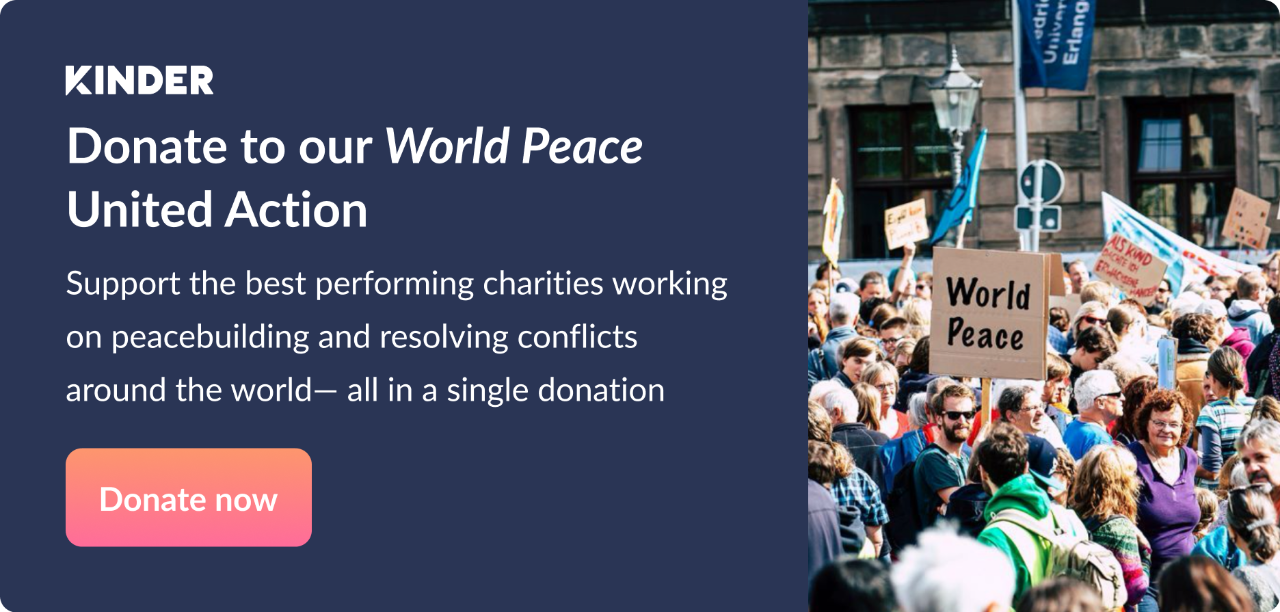A supermarket, vocational courses on site, and en-suite rooms: I’m not talking about an up-and-coming housing complex in your neighborhood, but a prison. And what a prison! Halden (Norway) is no conventional penitentiary. It stands out for its liberal and rehabilitative programmes — as well as its idyllic locale.
Welcome to Dallas County, Texas
On the other side of the pond, pictures of overcrowded prisons — where violence, poor hygiene, and lack of resources — reign supreme. In the Western world, the United States is infamous for its poor and inhumane prison system. Watching a documentary about a prison in Dallas County, Texas, I was baffled by its extraordinarily bad conditions.
At check-in, prison guards exert their power by performing internal body searches on soon-to-be prisoners. If you reach the facility in an altered state, you will most likely be dragged in by force, without receiving any kind of medical assistance. A handful of questions decide whether you go to a “normal cell” (AKA an overcrowded room without any privacy) or the psychiatric ward. That’s right! Not a comprehensive psychological intake. But a short questionnaire.
If you are considered to be dangerous to yourself or to others, you are sent to the isolation room, where you will only have a newspaper or a few books to pass the time. Inmates in isolation generally get to go outside for only a few hours every 2-3 days. Because of this prolonged seclusion, they often resort to suicide or self harm.
Prison guards are severely understaffed. And this allows them to neither work in safety, nor to support inmates’ rehabilitation.
I am left to wonder whether this type of prison offers any help to either inmates or society. Should prisons serve only as a containment? Or should they also offer rehabilitation and help to re-enter society? In other words, should states opt for a punitive or restorative justice system? After the visual visit to Dallas County, I’m left hoping for the latter.

Meanwhile in Norway...
Meanwhile in Norway, inmates wake up and take a shower in their private bathroom, make breakfast, go to class, cook themselves a meal, and play cards with other inmates. How, you ask? Norvegians call it the normality principle. Since its institution, it has made Norway the country with the lowest recidivism (repeat offense) rate in the world — and a steadily decreasing amount of incarcerations.
Since the 90s, Norwegian prisons have undergone profound reformation, as the nation started pouring incredible amounts of money into the system.
Offenders can serve a maximum of 21 years (with the rare exception of 30 years for genocide and crimes against humanity). Life-time imprisonment and death sentences have been abolished altogether. Offenders can see the light at the end of the tunnel — but they must work hard to get there.
Going to school and doing basic chores may seem an awful lot like work, but these activities prepare inmates for their future reentry into society. Being treated like a human being is a rare feeling for many inmates around the world, as they are often stigmatised and marginalised. No wonder so many of them come to regard themselves as criminals, and nothing else.
But even without bars and its relative normality, Halden is still a prison. You cannot leave whenever you like. Your freedom is taken away, and your life halts: punishment in itself.
Halden’s officers know this perfectly well. Instead of abusing their power, they try to help inmates in their path to rehabilitation. It is not unusual to see officers chit-chatting with inmates in the pantry, or playing a round of chess. In fact, the number of officers at Halden exceeds the number of inmates by far: a crucial difference between Halden and failing, understaffed prison systems such Dallas County’s. This ratio helps to keep the environment under control, ensuring the safety of officers and prisoners. But it also allows for much needed personal supervision.
Humane treatment, good living conditions, and the possibility of a new life are the only viable ways to ensure prison is not just a form of confinement — but also a place of meaningful rehabilitation.
This means that less ex-convicts fall back to their old routines, which also means less crime in the streets. Shouldn’t that be the main goal of any prison system? Halden has proved that their model is not only human, but it works. Maybe it’s time we followed their lead.





